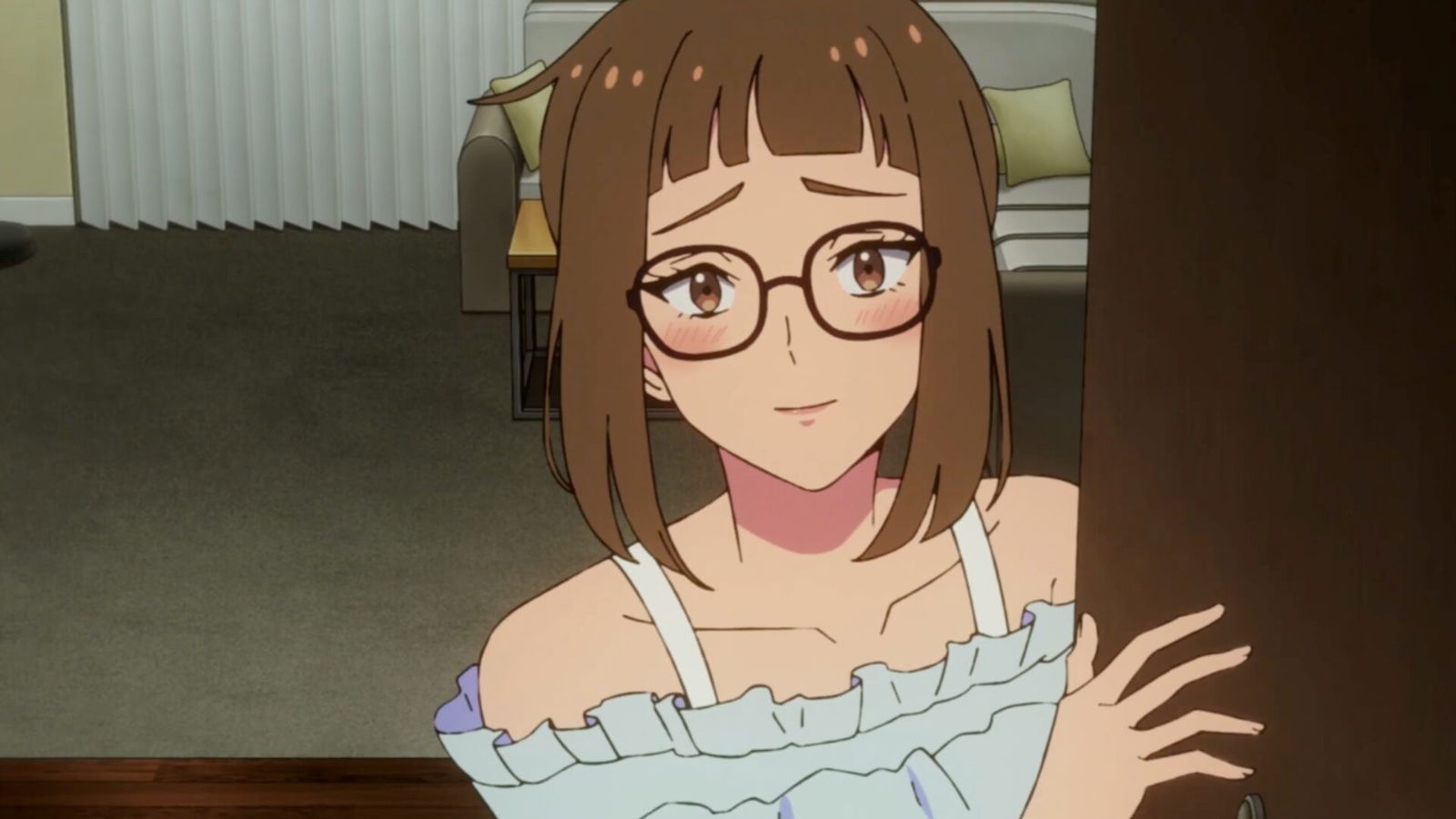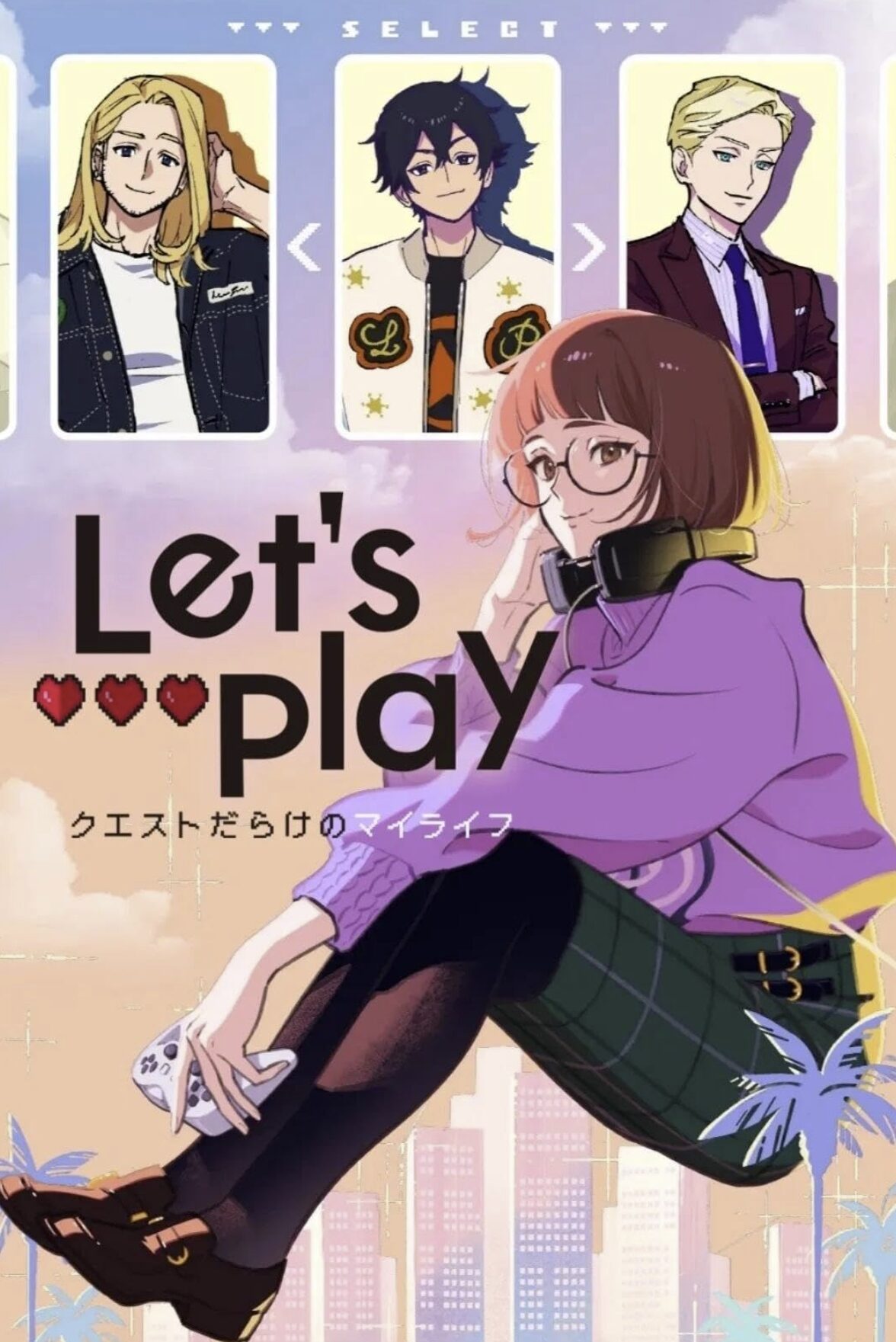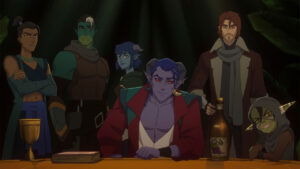The web comic, Let’s Play, by Leeanne M. Krecic (Mongie), was published digitally from 2016 to 2022, with three seasons released on Webtoon. The comic has over 7.5 million subscribers globally on Webtoon and was nominated for an Eisner Award in 2019. This was a very relatable anime that felt more near and dear to Western viewers, especially being set in a North American setting. However, it still felt like a Japanese anime, due to a few common caricatures.
Let’s Play follows Samara “Sam” Young, a developer in Los Angeles who’s about to achieve her dreams with her first video game, Ruminate. That is, until a popular streamer gives the game a scathing review. Even worse, Sam finds out the troublesome critic is now her new neighbour! Get lost in a comedic, romantic, and all-too-real story about gaming, memes, and social anxiety. Come for the plot, stay for the doggo named Bowser.
My brain was very confused watching Let’s Play because I have been watching plenty of anime series since I was young, but many of them are not set in America. Recently, the only big anime show that partially showed the United States was in My Hero Academia’s last arc, or in the movie My Hero Academia: Two Heroes. While it is fair that most series take place in Japan since the creators are Japanese themselves, it is a nice change of pace to see how international authors and creators’ works can be adapted into an anime.
We have already seen global anime adaptations from Korean manhwa like Solo Leveling, Tower of God, and The God of High School. Or major hit Chinese donghua series like Lord of Mysteries, Heaven’s Official Blessing, and To Be Hero X have been more mainstream animated series people enjoy for a change of pace from traditional Japanese anime. Based on Let’s Play Episode 1, Sam and her health/societal issues are relatable to many female office workers around the world, let alone across the gaming industry.
“…it was poignant to have a character like Olivia in Let’s Play.“
From an animation perspective, Let’s Play did not do anything outstanding. Regardless, the scenes contrasting the video game and real-world view were impactful. This proved that OLM’s visual storytelling was just as important as Krecic’s worldbuilding and overarching narrative.
In terms of characters, Sam is a complex, introverted person who represents a lot of people who suffer through anxious everyday social interactions—nice to see that represented throughout an anime series. Additionally, it was nice to see two supporting Black characters, Dee and Abe, who were actively cheering on Sam. People of colour are rarely included in a lot of anime series, nor are main characters. But shows like Bleach and Gachiakuta have been slowly improving representation across the anime industry.

More on representation, one of Sam’s friends, Olivia, is deaf and mute. The only anime I could think of that highlighted this issue from a Japanese perspective was in A Silent Voice, but it was poignant to have a character like Olivia in Let’s Play. It shows how people with disabilities never feel like they are burdened by their disabilities. Rather, Olivia makes jokes that she does not have to hear Sam’s whining, but is also super observant to know what to tell Sam to get her spirits up.
The wholesome part about this story is that every character feels natural, and not necessarily exaggerated to play into the anime tropes. Sam is not a hopeless shut-in who cannot make friends. Rather, she struggles with certain social anxieties but has online friends to help her, which is a bit more realistic than most depictions of gamers. The only wild coincidence is how Marshall Law and Sam meet, but sometimes that is how life goes.
Let’s Play’s storytelling/storyboards in the anime contained clever blocking—especially with the way Sam’s boss Charles treated her in episode 1. This is also a major credit to Krecic’s narrative writing, adding in ways to subvert expectations that can be realistic but can break stereotypes as well, as mentioned previously. It reflects the changing signs of the times and highlights how different this anime is from others due to its American source material.

Other than Bowser being a cutely drawn doge, the standout animated depiction was seeing into Sam’s mind. I found it funny and profound how “confrontation” and “friendship” were represented as two faceless fighters in her mind, something many people with social anxiety know all too well. Based on this batch of episodes, I really like this rom-com anime because the romance build-up for multiple guys is only about a third of the main story. This is proof that Krecic’s story writing is well-rounded and provocative to make audiences think this is not a straightforward office rom-com.
So far, Let’s Play is a game-changing anime series. It has many rom-com and office drama tropes, but shatters some of them, too. This show’s main strength is in subverting expectations. For viewers expecting a cheesy office vibes anime—the likes of Wotakoi: Love Is Hard for Otaku, Cherry Magic! Thirty Years of Virginity Can Make You a Wizard?!)—there is more depth to this series. I will be watching more to see how Sam overcomes her mental health issues, and if she eventually becomes a fully fledged game dev—and you should too.







